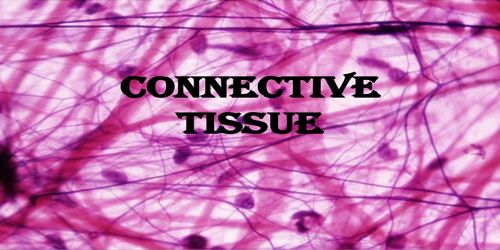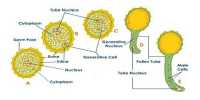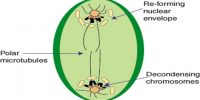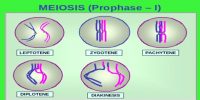Fluid Connective Tissue:
Structural Characteristics: Matrix of this tissue is liquid. Connective tissues are a tissue that supports, connects, or separates different types of tissues and organs of the body. Its cells are surrounded by and Extracellular fluid, fibers (proteins) and the ground substances (proteoglycans). Both fibers and ground substance together consitute the matrix. In the matrix there are various types of organic materials in the form of colloid.
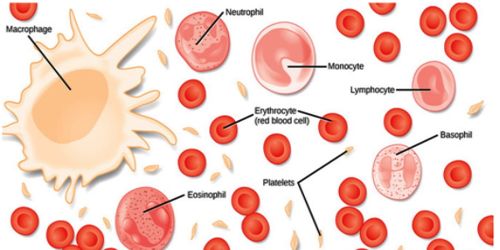
Function: The main function of vascular tissue is to maintain circulation in the interior of the body and resistance from disease. This tissue is of two types: Blood and Lymph.
Blood: Blood is a type of alkaline, slightly saline, red colored, liquid connective tissue. Flowing through the artery, veil and capillaries, blood takes part in internal circulation. Blood, blood vessels and heart together form circulatory system.
Lymph: The fluid materials stored in the spaces between different tissues are collected by some small vessels. These small vessels are united together to form larger vessels. The system formed by these vessels known as lymphatic system. These vessels are lymph vessels and the’ fluids are lymph. The large lymph vessels enter the vain in the shoulder region of man. There are some cells in the lymph known as lymphocyte. Lymph is a kind of slightly alkaline, transparent -and yellow colored fluid.
